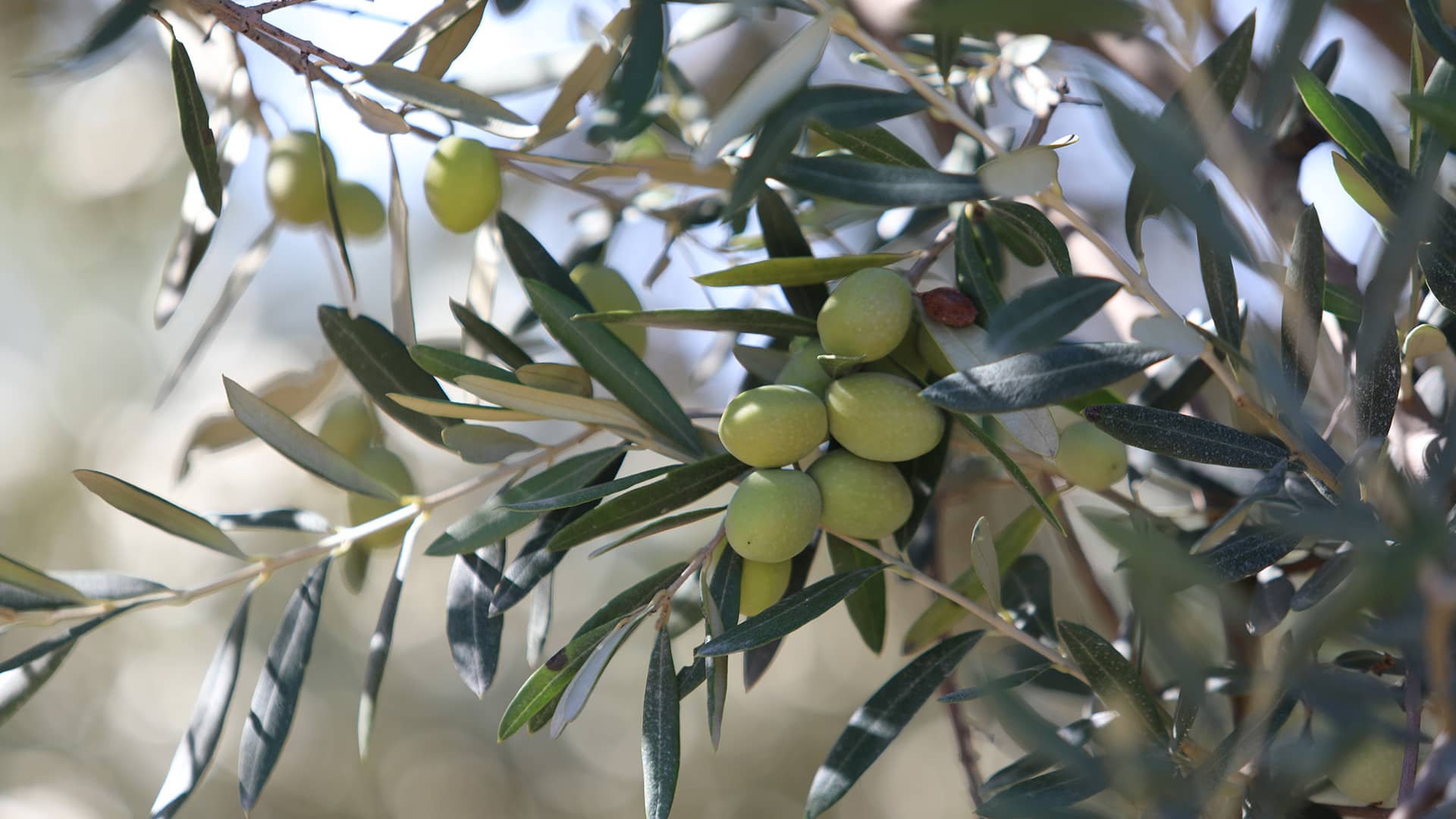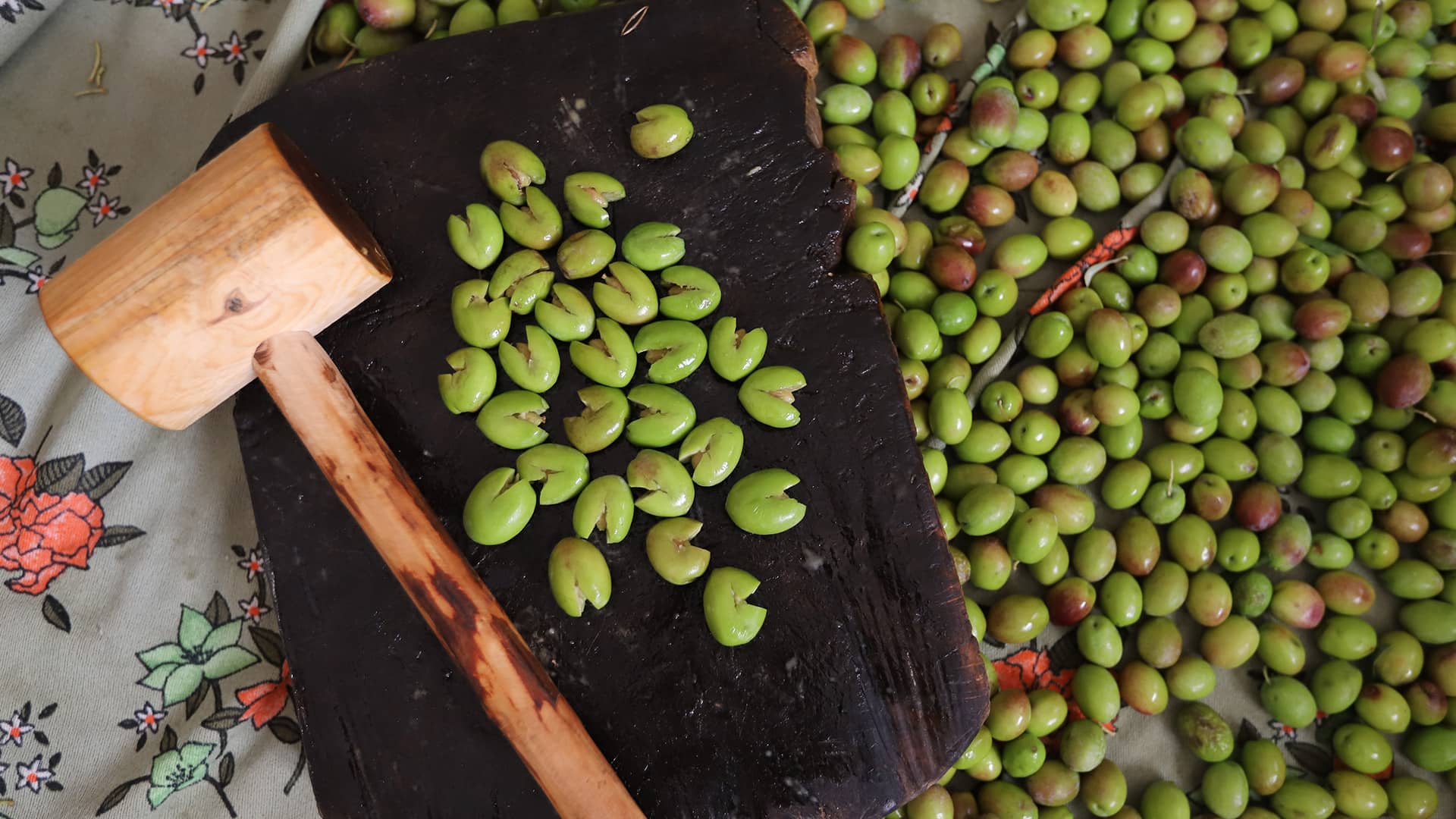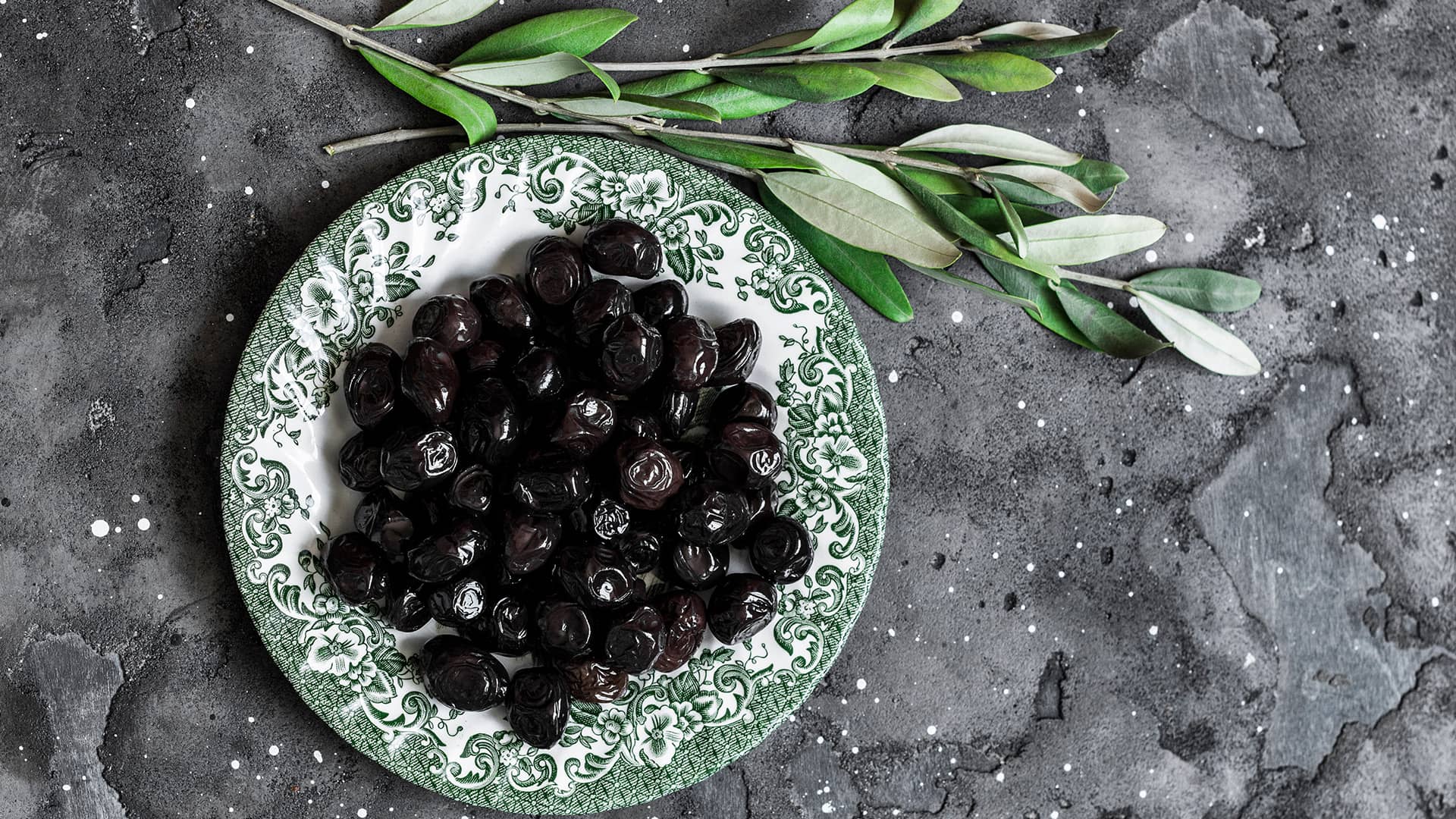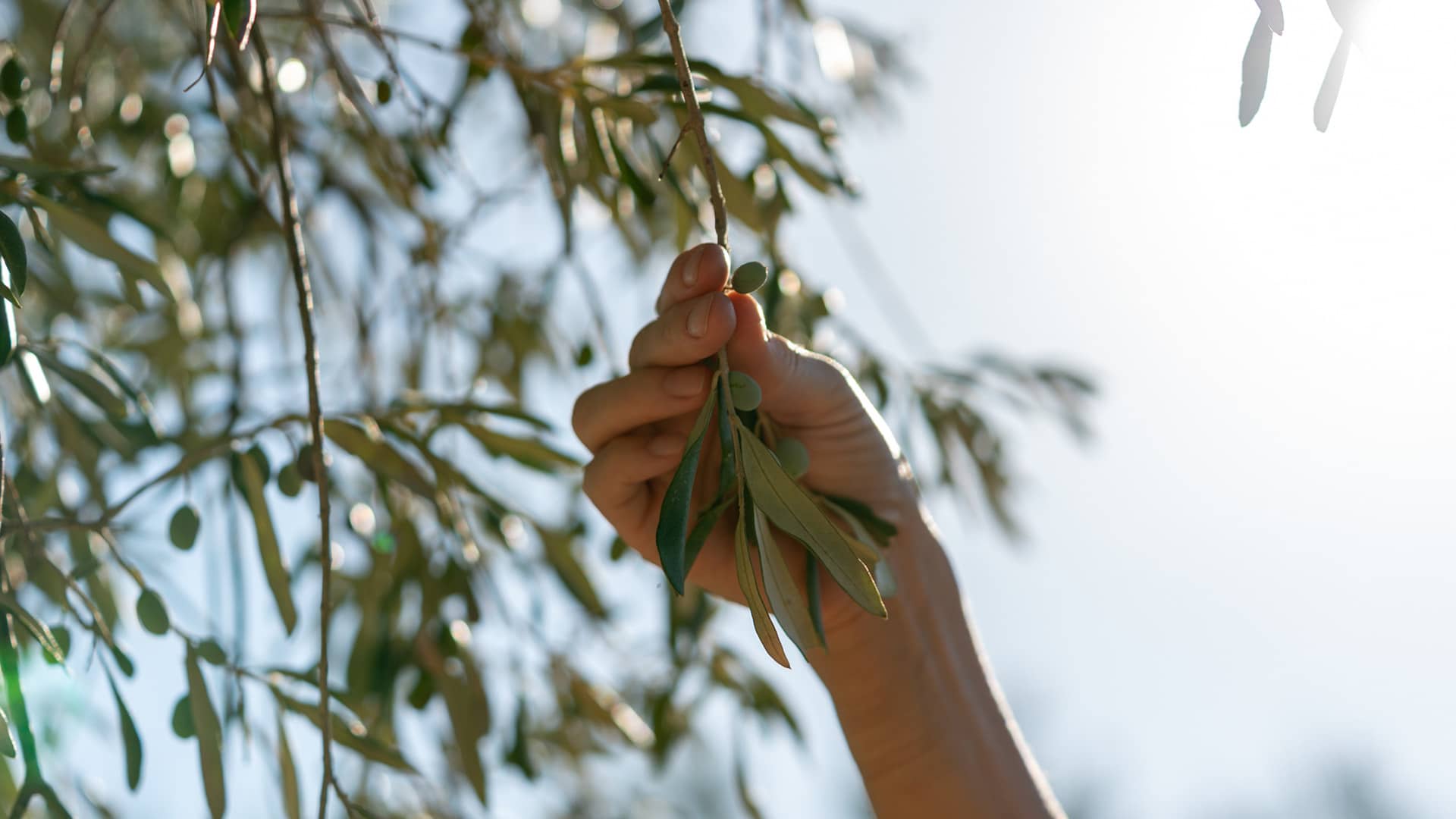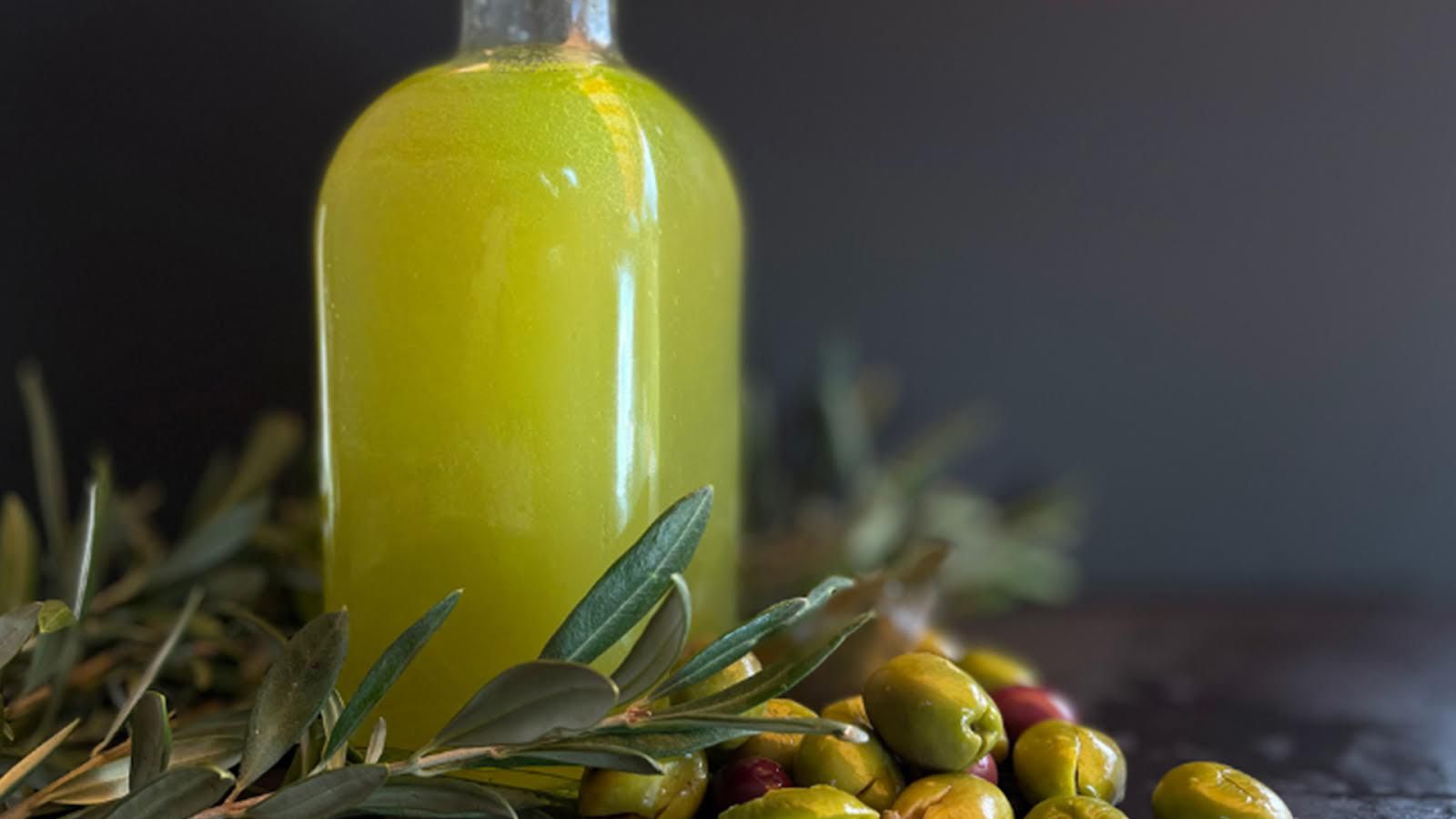

experiences
Olive Tree Route
Following the Olive Tree Path with Turkaegean delights
Olive and history
The hardy and humble olive tree is one of the important values of Türkiye, especially when we explore the culture formed around its cultivation. Venturing through the riches of the climate of the Aegean that is always perfect for olive production and where local cuisine offers dishes called Zeytinyağlılar; simply meaning, "those made with olive oil".
Harvest Prayer
The Olive route is a journey of passion, where you can visit olive groves and olive oil presses on the Aegean coast and beyond. A short visit to the Adatepe Olive Oil Museum in Ayvacık (Assos) in Çanakkale is how the route begins and where you may hear locals say the "Harvest Prayer". Here you can see traditional crushing and extraction methods in their mill, which serves as the first Olive Oil Museum in Türkiye.
Travelling further inland, towards Balıkesir, the Ayvalık district is an important olive cultivation centre, with high-quality olives and olive oil. Balıkesir is located in critical geography for olives, grain and legume production, with coasts to two different seas. And the unique nature of the region is reflected in the city's culinary culture. The development of olive oil production in the Gulf region has made olive oil widespread in meals. It is also recommended to try "papalina" (a type of sprat) fish whilst on the Cunda Island (Cunda Adası) of Ayvalık. You can also swim on Sarımsaklı Beach, buy olive oil, and join boat tours. Besides, in Ayvalık, harvest festivals are great experiences to engage with the locals and taste local delicacies.
The story of the tree
Olive cultivation and olive oil production have been a part of this region's daily life and culture since ancient times. Travelling further down, on your way to İzmir, you may visit the 1650-year-old monument tree of Kırkağaç in Manisa.
İzmir, the pearl of the Aegean Region of Türkiye, is considered among the most important centres of olive cultivation and oil in Türkiye. Here the İzmir stage of Olive Route, includes passages through the charming cities and towns of Çeşme, Urla, Seferihisar, Güzelbahçe, Menderes and Selçuk.
When travelling through, Urla, its ancient city, hosted the world's oldest olive oil workshop in the 6th century BC, and you can capture the spirit and flavour in the residing museum. And in earshot of the village of Uzunkuyu, the Köstem Olive Oil Museum traces the 4000-year history of olive production.
Join, cook, eat, repeat!
When venturing southwards to Aydın, the heart of olive groves, and some 25 million trees, lies the Oleatrium Olive and Olive Oil History Museum in Kuşadası. Step back in time to reflect on the connection between the land's olive and olive oil culture.
Along the route, visitors can learn about the history of olives, meet the families who cultivate the olive groves, help with the harvest, and set their taste buds on fire with the olives and olive oil-based dishes of Turkish cuisine.
"There is Milas in Your Taste"
Hot on the trail along the sun-kissed coast, we come to Muğla, an important landmark in olive production. Especially Milas is where olive trees are believed to have been grown for almost 8,000 years. Muğla offers olive connoisseurs an opportunity to sample high-quality olives and olive oils during the "Milas Olive Harvest Festival". The Harvest Festival is traditionally held annually with the slogan "There is Milas in Your Taste". But look out for hidden treasure among the olive groves, and you will discover the Temple of Zeus in the ancient city of Euromos.
Türkiye’s relationship with the olive is sacred. And getting in touch with nature along the route, you will soon discover why Türkiye is one of the top 5 olive producers in the world.
WHAT ELSE?
You can also discover the unique flavors of Türkiye's Olive Route with additional visits to Kilis and Derik in Mardin. In Kilis, the rich soil and sun-soaked hills produce olives known for their robust taste and exceptional oil. Meanwhile, Derik in Mardin offers a distinct olive variety, celebrated for its smooth texture and deep, aromatic flavor. Together, these regions provide a delightful journey through Türkiye's ancient olive-growing traditions.

